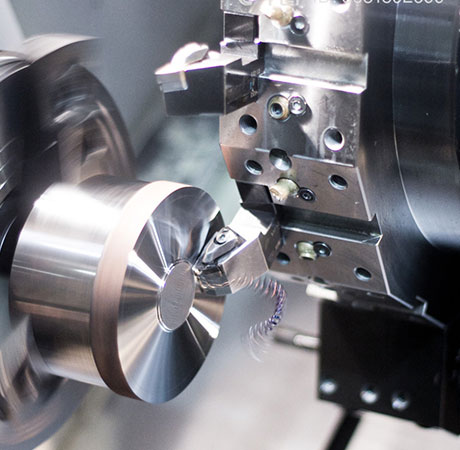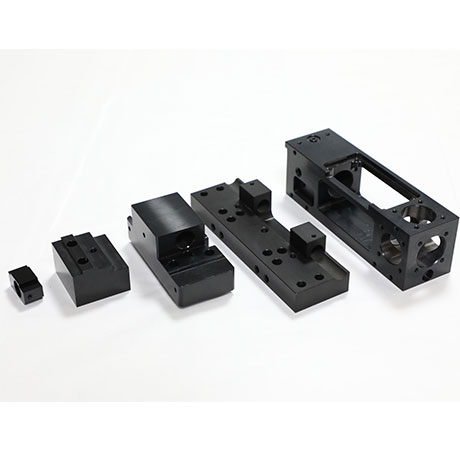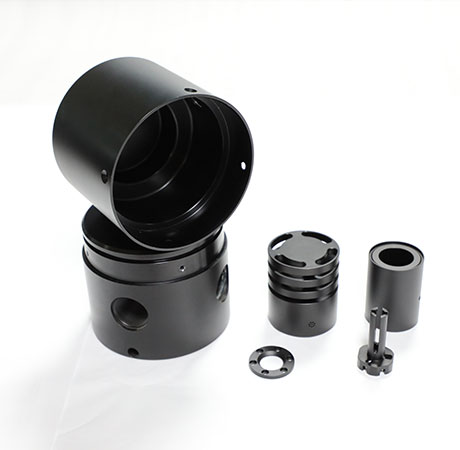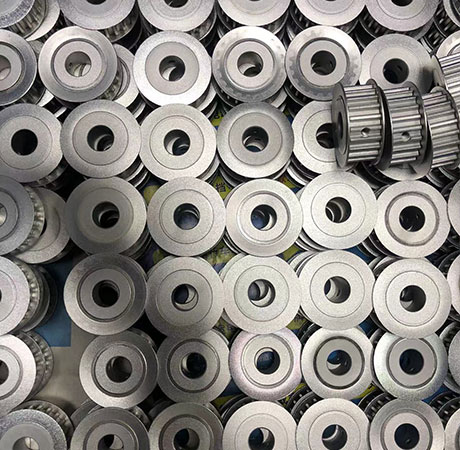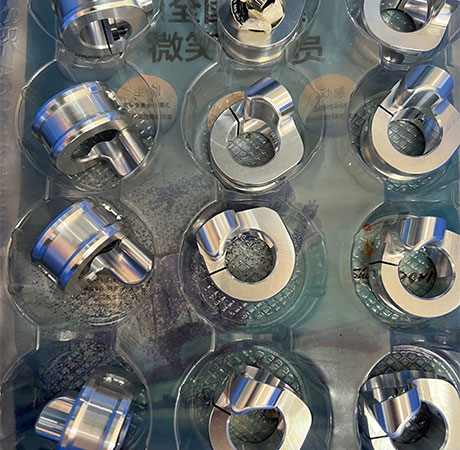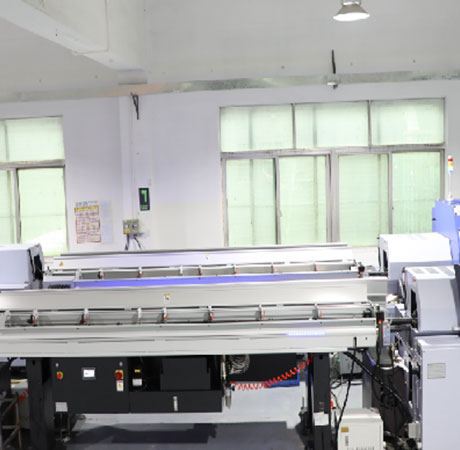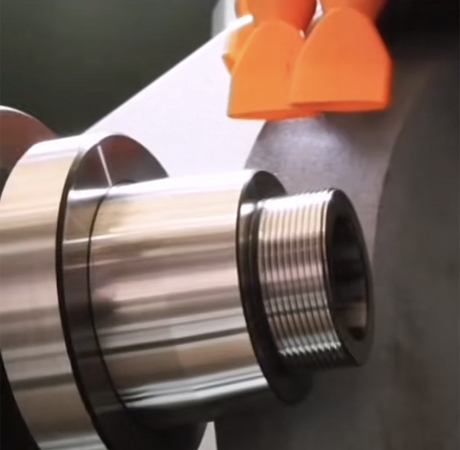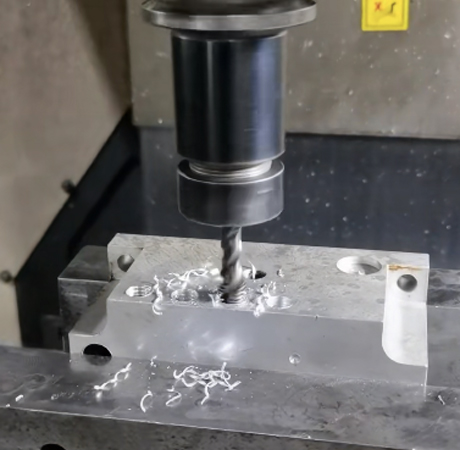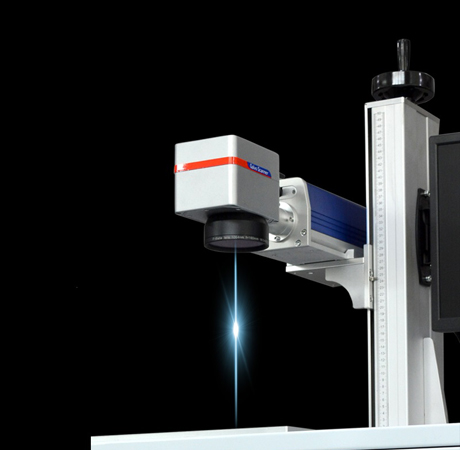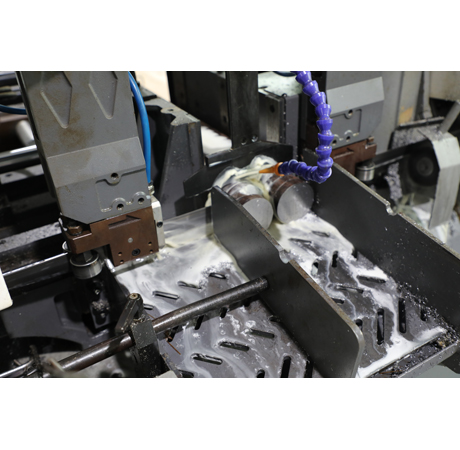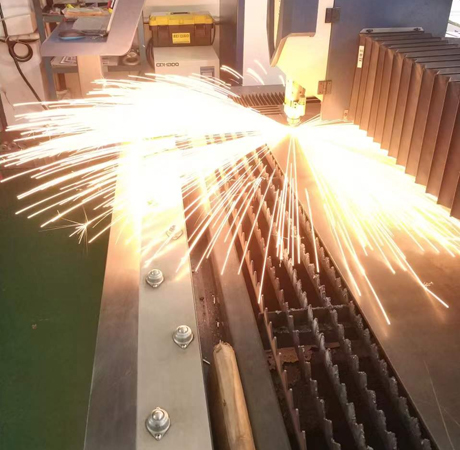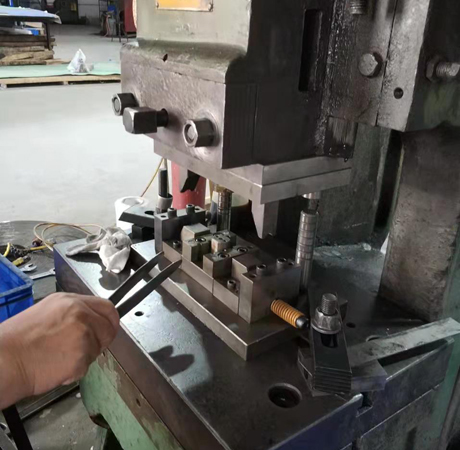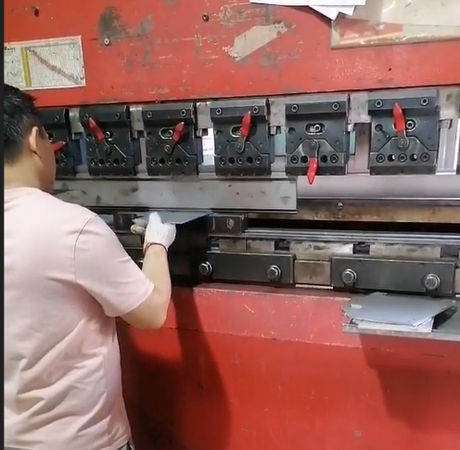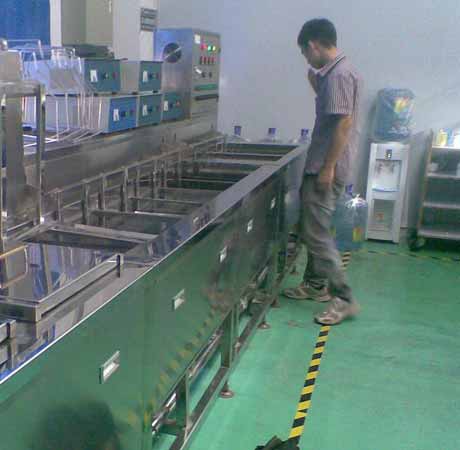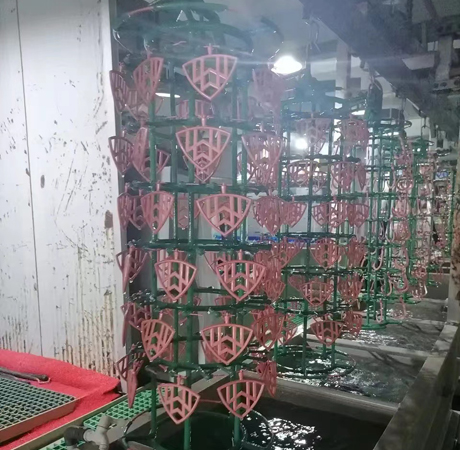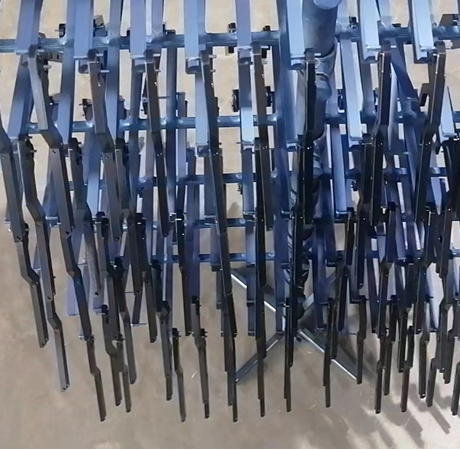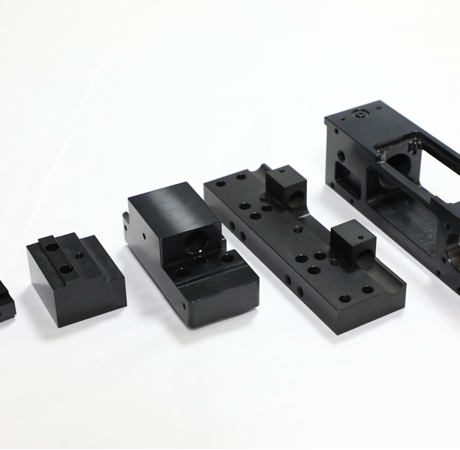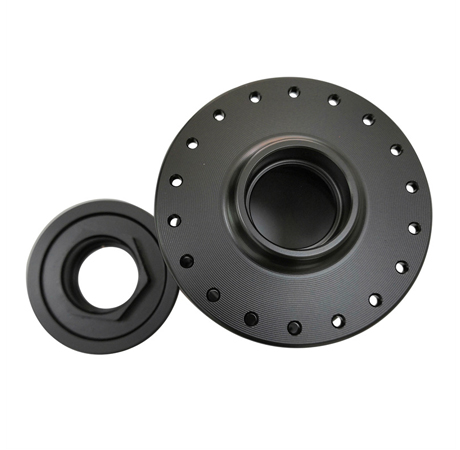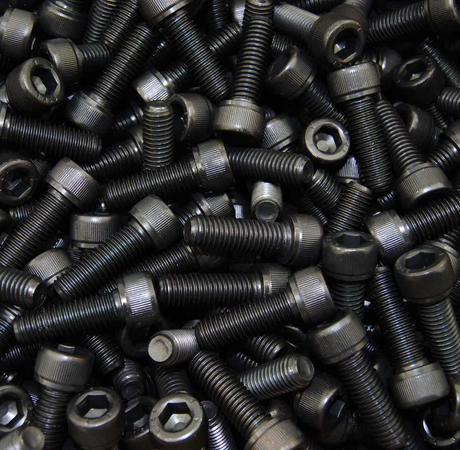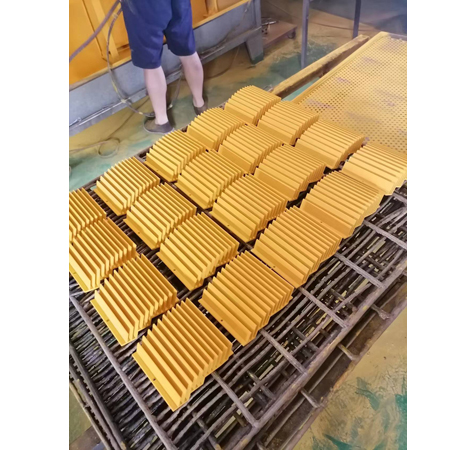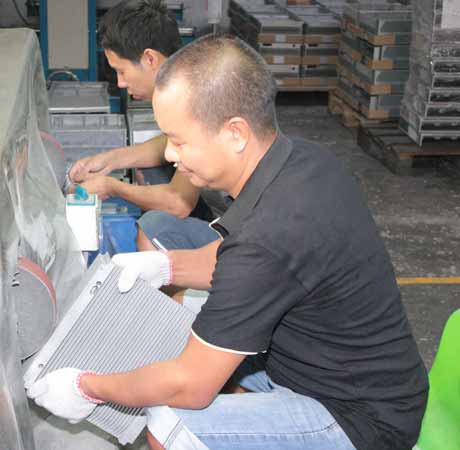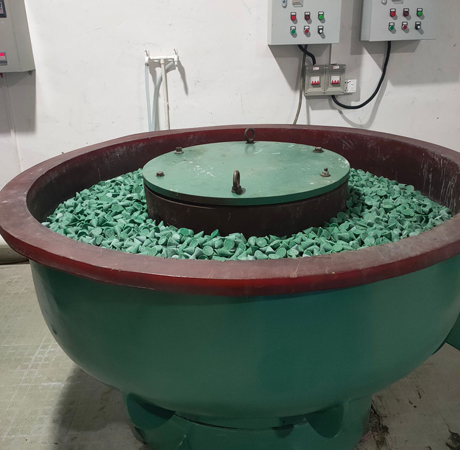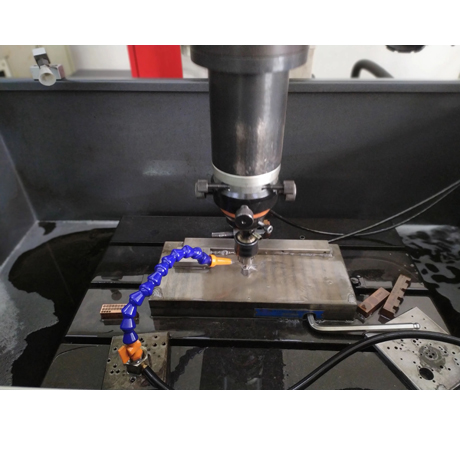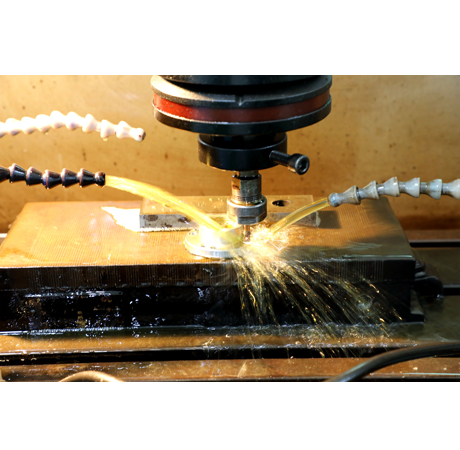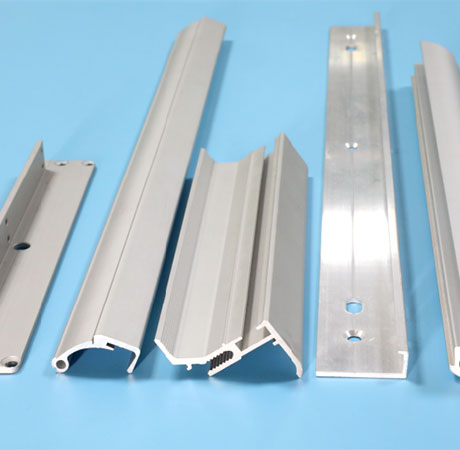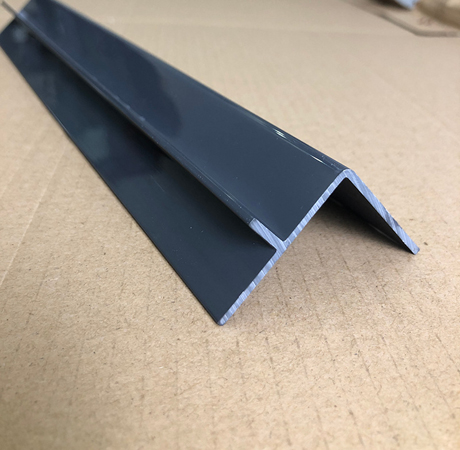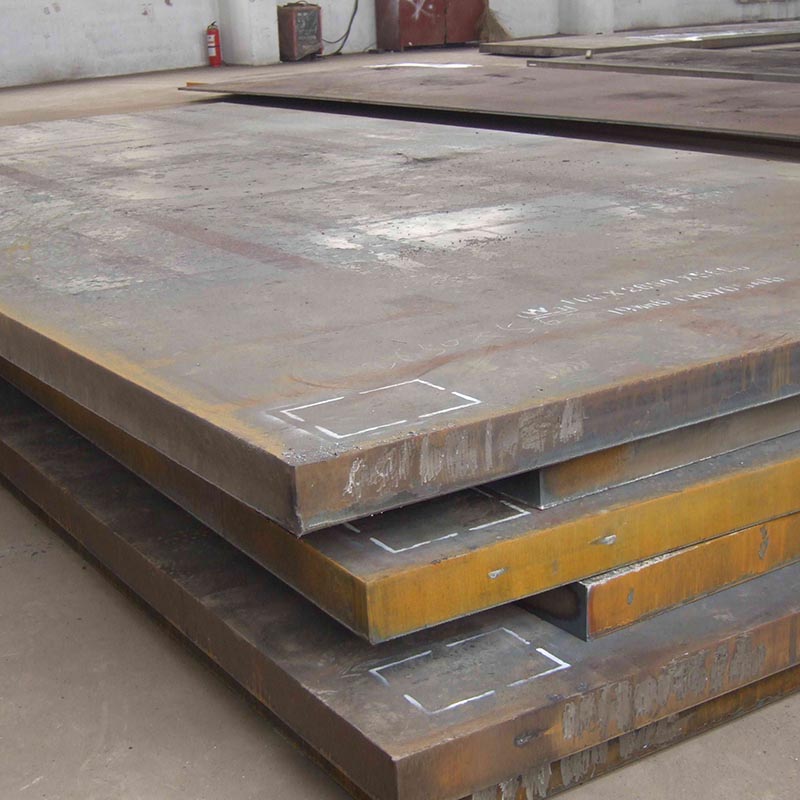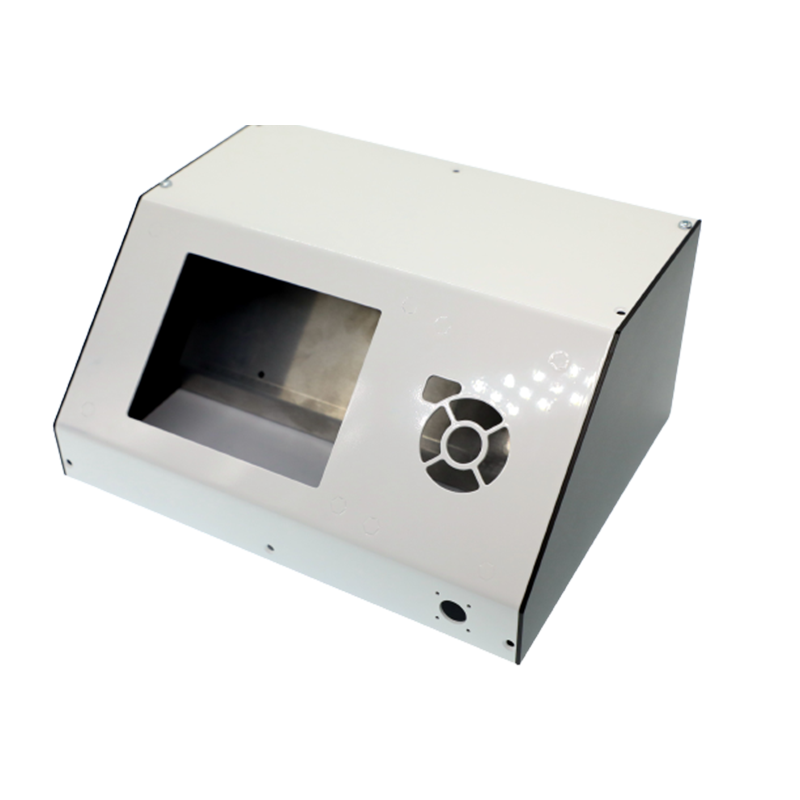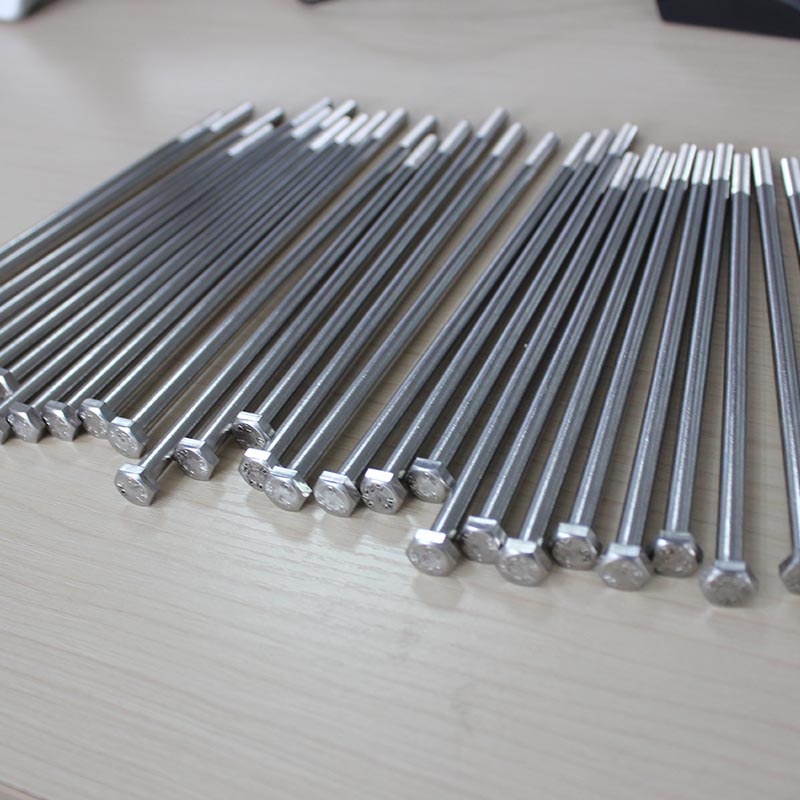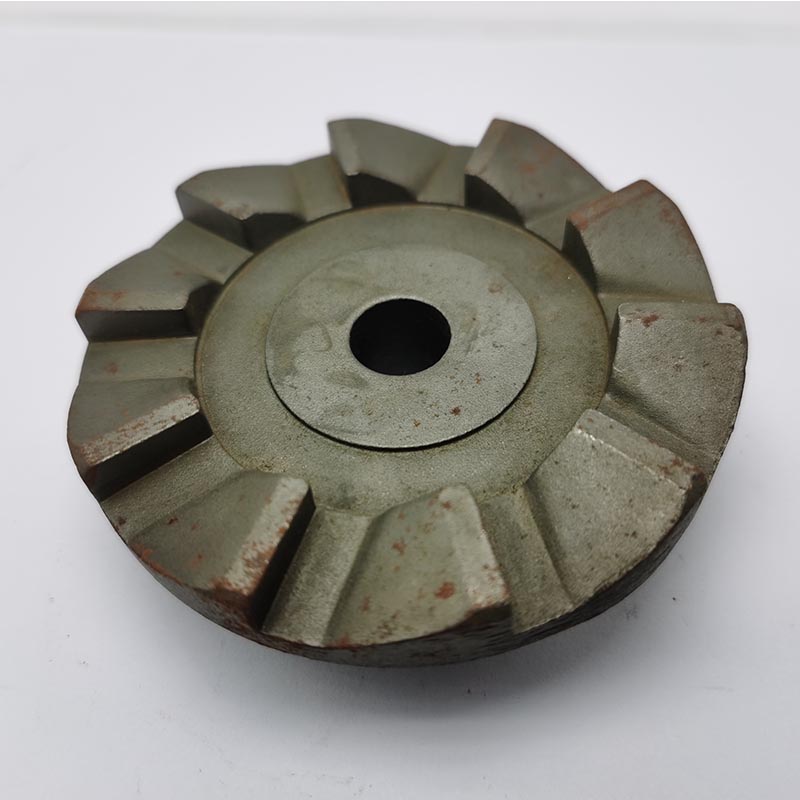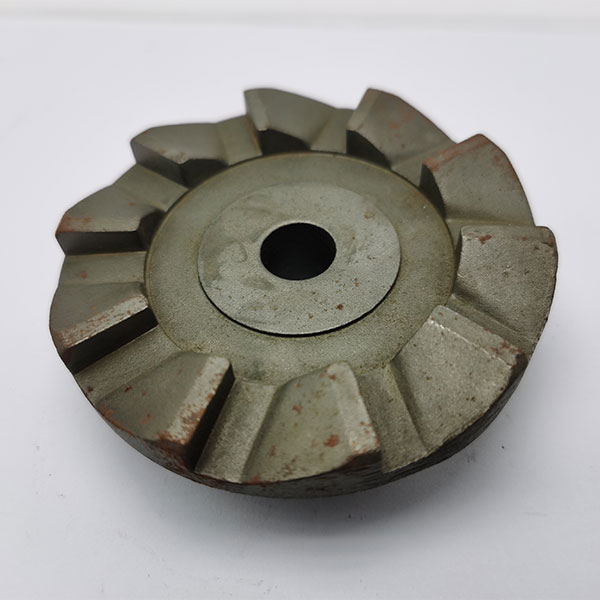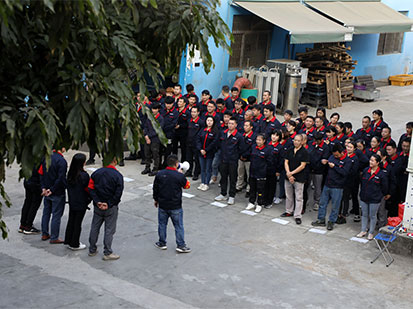For example, the grades C45, 65Mn. The numbers 45 and 65 represent 0.45% and 0.65% carbon content.
High-quality carbon structural steel is mainly used to manufacture mechanical parts, and is generally used after heat treatment.
Common steel grades and uses:
C20, good plasticity and weldability, used for parts with low strength requirements and carburized parts, such as hoods, welding containers, small shafts, nuts, washers and carburized gears;
C45, 40Mn have good comprehensive mechanical properties after quenching and tempering, and are used for mechanical parts with large force, such as gears, connecting rods, machine tool spindles, etc..
40Cr is one of the most widely used steel grades, is an alloy structural steel. 40Cr’s main features: After quenching and tempering treatment, 40Cr has good comprehensive mechanical properties, low temperature impact toughness and low notch sensitivity, good hardenability, high fatigue strength can be obtained during oil cooling, and parts with complex shapes are prone to cracks during water cooling. After tempering or quenching, the machinability is good, but the weldability is not good, and cracks are easy to occur. It should be preheated to 100 ~ 150℃ before welding. 40Cr can also have the treatments of carbonitriding and high-frequency surface quenching.
After quenching and tempering, 40Cr is used to manufacture medium-speed and medium-load parts, such as machine tool gears, shafts, worms, spline shafts, thimble sleeves, etc.
After quenching and tempering and high frequency surface quenching, 40Cr is used to manufacture parts with high surface hardness and wear resistance, such as gears, shafts, main shafts, crankshafts, mandrels, sleeves, pins, connecting rods, screws and nuts, intake valves, etc.
After quenching and medium-temperature tempering, 40Cr is used to manufacture heavy-duty, medium-speed impact parts such as oil pump rotors, sliders, gears, spindles, collars, etc.
After quenching and low-temperature tempering, 40Cr is used to manufacture heavy-duty, low-impact parts, wear-resistant parts, such as worm, spindle, shaft, collar, etc.
The 40Cr carbonitriding part is used to manufacture transmission parts with larger size and higher low temperature impact toughness, such as shafts and gears.

